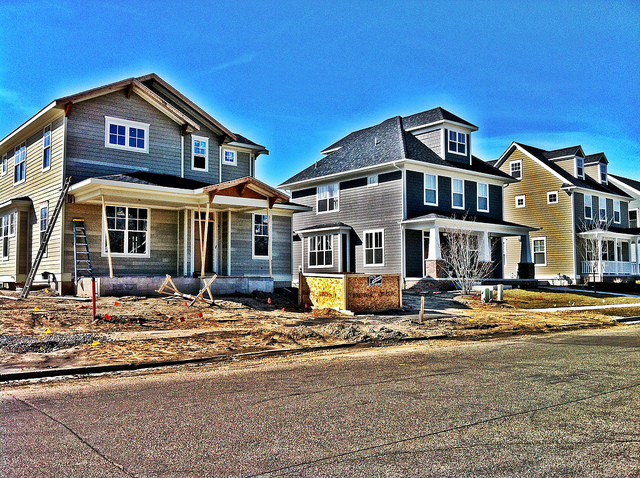Naturally, potential home buyers become more concerned about affordability conditions as prices and mortgage rates rise. And since the past few years have seen both things happen, there’s been increasing concern about whether or not now is a good time to buy a house. That’s not to say there hasn’t been demand for homes. In fact, there are plenty of interested buyers and not enough homes to accommodate them, which is why prices have been rising in the first place. But recently, there’s been more data suggesting that home prices are beginning to soften. In fact, one recent report shows that 26.6 percent of homes listed for sale in September dropped their price, which is a nearly 5 percent increase from the same time last year. That’s good news for buyers, as is the fact that price drops have been showing year-over-year improvement since the end of March. Added to the fact that mortgage rates, while higher than last year, are still well below what is historically normal, the news about home prices means affordability may, once again, be moving in a more balanced direction and one that benefits buyers. More here.













